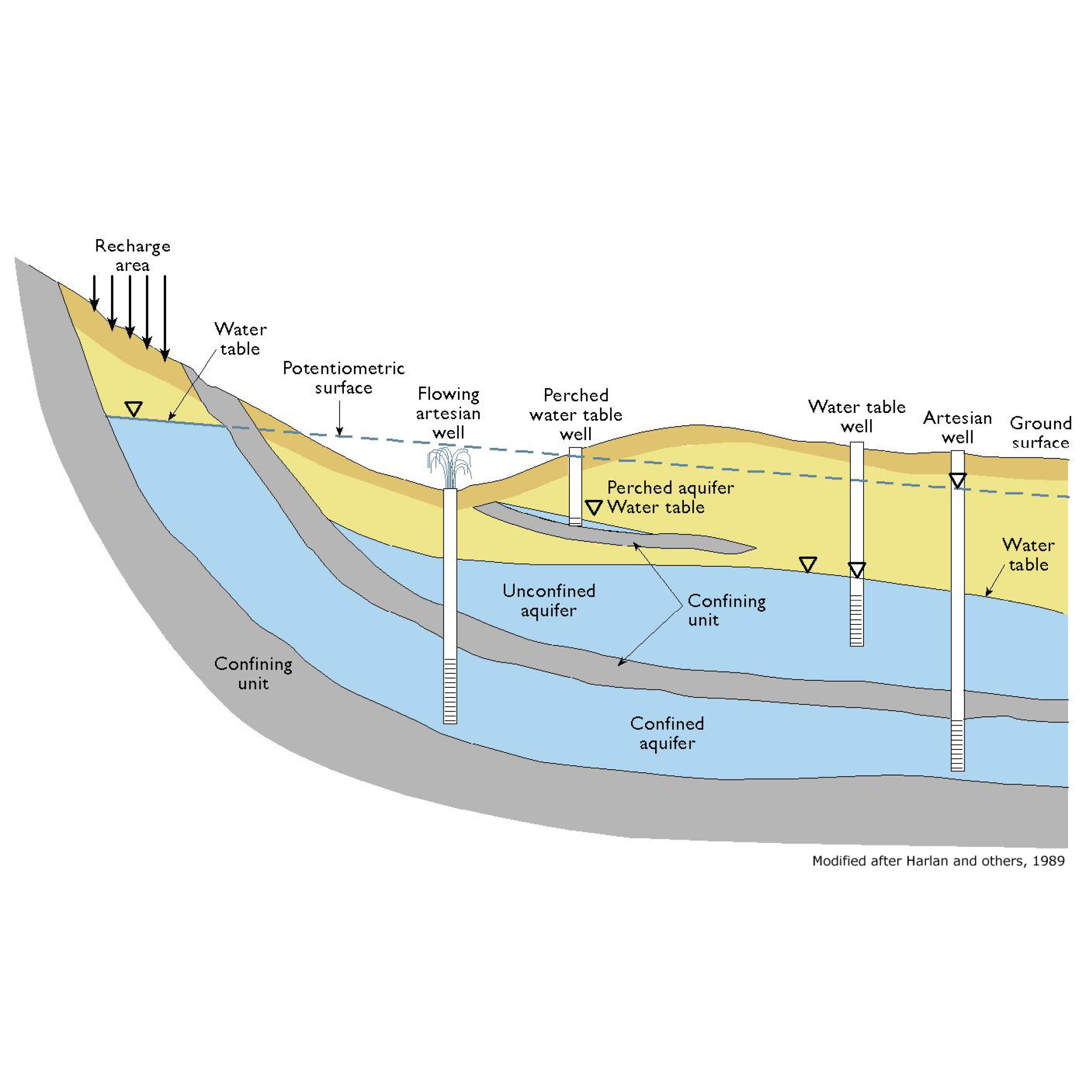
First a water source needs to be found and then it can be extracted through countless mechanisms. This can be at small or large scales even with the same techniques such as accessing aquifers through wells and pumps by individual households in Jakarta or the Mexico City Water System Wells (SACM). In general this is in order to access drinking water although it can be done for irrigation uses.
Springs are readily accessible sources of water, but Water Mains are established when the source is not yet flowing or flowing in another direction. In the case of Mexico City, the drinkable water of the Endorheic Basin there largely begins at the Sierra Chichinautzin due to the large amount of basalt rock that allows for the water to enter the ground and begin its filtration process. At the other end the Xochimilco springs is an important site for the basin and many of the most productive wells are located here. Some of these make up the 549 wells in the SACM which are also supplemented by the Lerma System wells that bring in water from past the Sierra Madre Occidental from other valleys.
Even further than that the Cutzamala System, taps the Cutzamala River that is part of the Balsas Basin and moves it 60-154km horizontally and over 1000m vertically to bring it to the Valley of Mexico while tapping numerous other sources on the way. The system was initially developed in 1930 as a hydropower project called the Miguel Aleman Hydroelectric System but then it was adapted to the Cutzamala System and 102 pumping stations, 17 tunnels, and 7.5km of canals were planned. Due to the massive scale of this project it was executed in three stages. Now it has eight main reservoirs, six main pumping plants, 322km of canals and tunnels, a water treatment plant, and eight dams. This massively expensive and energy-intensive project has reduced the burden of providing drinking water from the Mexico and Lerma Valley Aquifers and still is the primary focus in infrastructural investments. In 1997, the fourth stage of the project called the Temascaltepec project was to be initiated and was stopped as of now due to the local populations worries about the effects of a tunnel on the springs in the region.
← Back to Lexicon
Aquifer recharged and accessed by different types of wells
Sources: https://cnx.org/resources/91be4f9a9a78064d99ab3028c8c0be2806433e3f/graphics12.jpg
Sources: https://cnx.org/resources/91be4f9a9a78064d99ab3028c8c0be2806433e3f/graphics12.jpg
- National Research Council. 1995. Mexico City's Water Supply: Improving the Outlook for Sustainability. Washington, DC: The National Academies Press. https://doi.org/10.17226/4937.
- Martinez, S., Escolero, O. & Perevochtchikova, M. A comprehensive approach for the assessment of shared aquifers: the case of Mexico City. Sustain. Water Resour. Manag. 1, 111–123 (2015). https://doi.org/10.1007/s40899-015-0010
